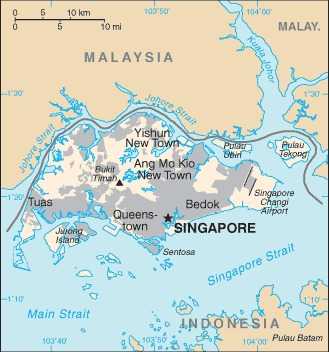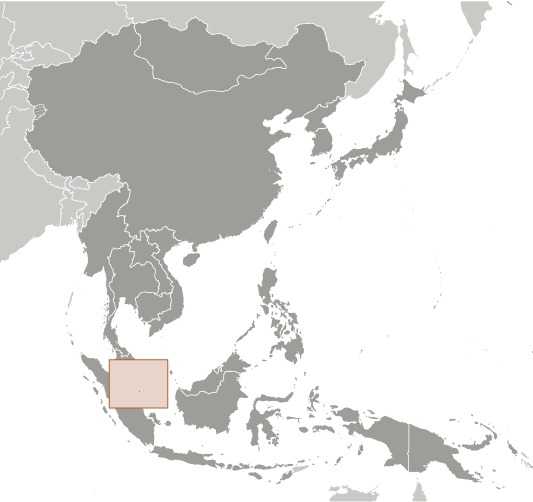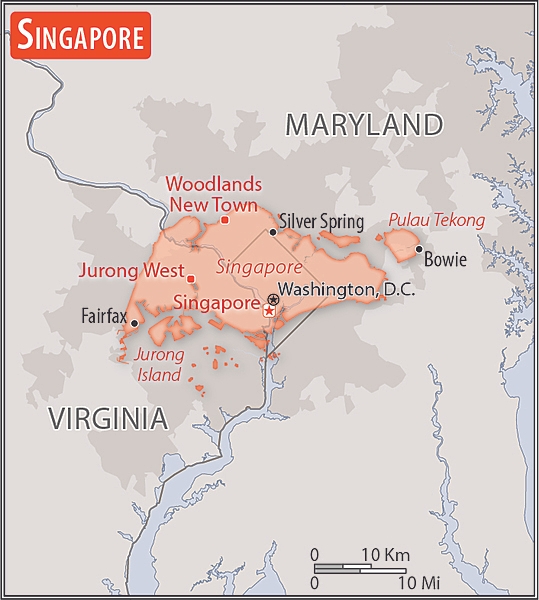Introduction
Visit the Definitions and Notes page to view a description of each topic.
Geography
People and Society
Population
comparison rankings: total 114; male 114; female 114
Languages
Median age
comparison ranking: total 68
Population growth rate
comparison ranking: 105
Birth rate
comparison ranking: 203
Death rate
comparison ranking: 209
Net migration rate
comparison ranking: 24
Maternal mortality ratio
comparison ranking: 166
Infant mortality rate
comparison ranking: total 226
Life expectancy at birth
comparison ranking: total population 2
Total fertility rate
comparison ranking: 225
Obesity - adult prevalence rate
comparison ranking: 170
Alcohol consumption per capita
comparison ranking: total 132
Tobacco use
comparison ranking: total 97
Education expenditure
comparison ranking: Education expenditure (% GDP) 180
Environment
Carbon dioxide emissions
comparison ranking: total emissions 28
Government
Economy
Real GDP (purchasing power parity)
comparison ranking: 34
Real GDP growth rate
comparison ranking: 58
Real GDP per capita
comparison ranking: 3
Inflation rate (consumer prices)
comparison ranking: 67
GDP - composition, by sector of origin
comparison rankings: agriculture 204; industry 123; services 25
Industrial production growth rate
comparison ranking: 56
Labor force
comparison ranking: 97
Unemployment rate
comparison ranking: 46
Youth unemployment rate (ages 15-24)
comparison ranking: total 141
Gini Index coefficient - distribution of family income
comparison ranking: 14
Public debt
comparison ranking: 3
Taxes and other revenues
comparison ranking: 99
Current account balance
comparison ranking: 7
Reserves of foreign exchange and gold
comparison ranking: 10
Energy
Electricity
comparison rankings: installed generating capacity 58; consumption 48; transmission/distribution losses 60
Energy consumption per capita
comparison ranking: 2
Communications
Telephones - fixed lines
comparison ranking: total subscriptions 52
Telephones - mobile cellular
comparison ranking: total subscriptions 95
Broadband - fixed subscriptions
comparison ranking: total 69
Transportation
Merchant marine
comparison ranking: total 8





